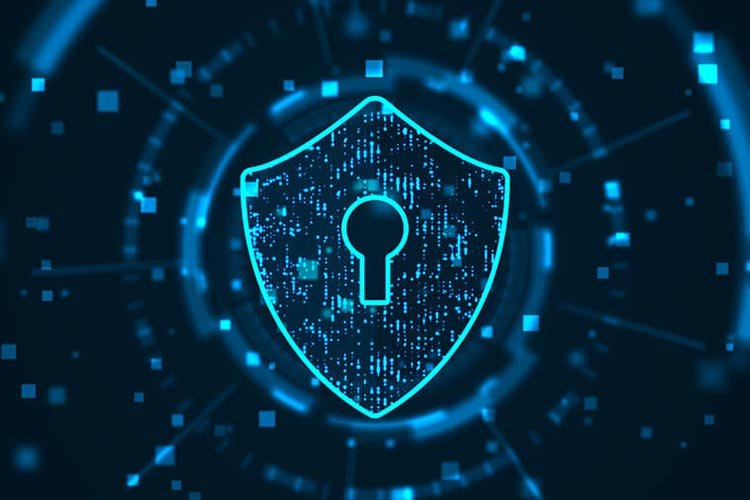
Cyber hygiene are routine practices that reduce your exposure to common threats and limit damage when incidents occur. Below are concise, practical steps individuals and organizations can follow to improve security posture.
Why cyber hygiene matters
- Reduces attack surface and likelihood of successful breaches.
- Limits blast radius when compromises occur (fewer privileges, compartmentalization).
- Improves recovery speed and reduces operational and financial impact.
- Supports regulatory compliance and customer trust.
Basic personal practices
- Use strong, unique passwords — employ a password manager to generate and store them.
- Enable multi‑factor authentication (MFA) everywhere possible.
- Keep systems and apps updated — apply security patches promptly.
- Back up important data regularly and verify restore procedures.
- Be cautious with links and attachments; verify senders and use the principle of least trust.
- Use reputable antivirus/endpoint protection and enable automatic scans.
- Lock devices and screens; encrypt sensitive data on mobile devices and laptops.
- Limit use of public Wi‑Fi or use a trusted VPN when necessary.
Device and account hygiene
- Remove unused apps and browser extensions; audit permissions regularly.
- Disable unnecessary services and remote access features if not used.
- Review account recovery options and ensure backup contact methods are secure.
- Monitor account activity and set alerts for suspicious logins.
Email and communication
- Harden email with SPF, DKIM, and DMARC to prevent spoofing.
- Train users to recognize phishing and report suspicious messages promptly.
- Avoid sharing sensitive data over unencrypted channels.
Network and infrastructure basics
- Segment networks to isolate critical systems and reduce lateral movement.
- Use firewalls, intrusion detection/prevention, and regular vulnerability scanning.
- Maintain asset inventory and ensure endpoints are enrolled in management tools.
- Patch management: prioritize critical vulnerabilities and verify deployments.
Application and development hygiene
- Follow secure development lifecycle practices (S-SDLC).
- Use dependency scanning and apply updates to third‑party libraries.
- Implement input validation, output encoding, and proper authentication/authorization.
- Run regular static/dynamic security testing and remediate findings.
Operational and procedural measures
- Enforce least privilege and role‑based access controls.
- Maintain an incident response plan and run tabletop exercises.
- Keep logs centralized and monitored; retain forensic evidence policy-compliantly.
- Document backups, restore points, and business continuity procedures.
User training and culture
- Conduct regular phishing simulations and targeted training for high‑risk roles.
- Reward good security behavior and create clear reporting channels for incidents.
- Make security part of onboarding and performance goals.
Quick checklist (for immediate wins)
- Enable MFA on all critical accounts.
- Update OS and browsers on all devices.
- Install a password manager and migrate reused passwords.
- Backup critical files and test restores.
- Run a full antivirus/EDR scan.



Conclusion
Cyber hygiene is low-cost, high-impact: small, consistent measures drastically reduce risk and improve resilience. Make these practices habitual across users, devices, and development lifecycles to maintain a defensible security posture.